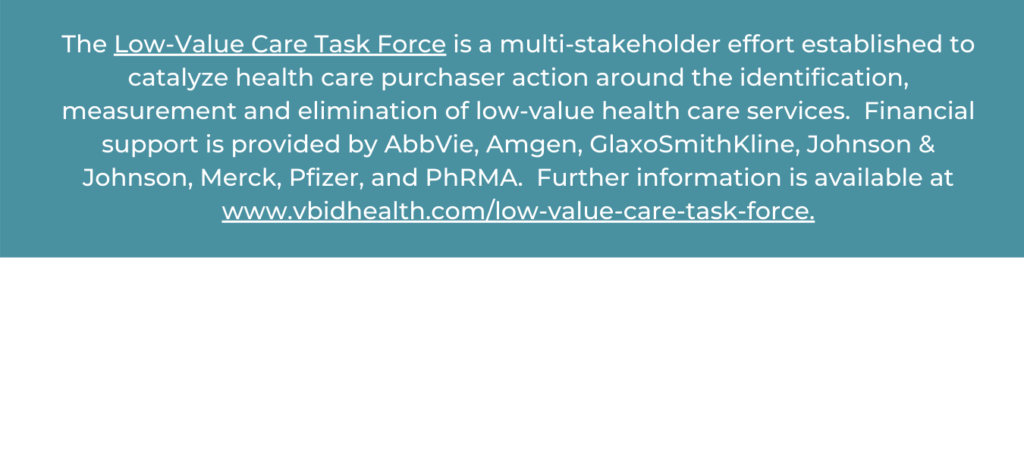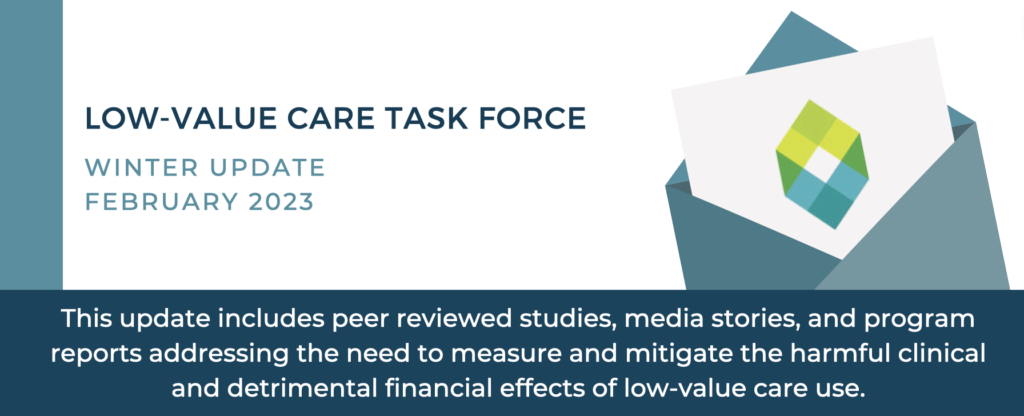
- 18th Annual V-BID Center Summit – Register now!
- A Policy Approach to Reduce Low-Value Device-Based Procedure Use
- Five Things Physicians and Patients Should Question
- Care Cascades Following Low-Value Preoperative Electrocardiogram and Chest Radiograph
- Prevalence of Low-Value Prostate Cancer Screening in Primary Care Clinics
- Up to 56% of Adults Have Received Inappropriate Antibiotics for Bacterial Infections

Wednesday, March 8, 2023 | 12-4 PM
Click below to access the program agenda, learn about the speakers, and register for this no-cost event! Please feel free to share the V-BID Summit invitation with your interested colleagues.
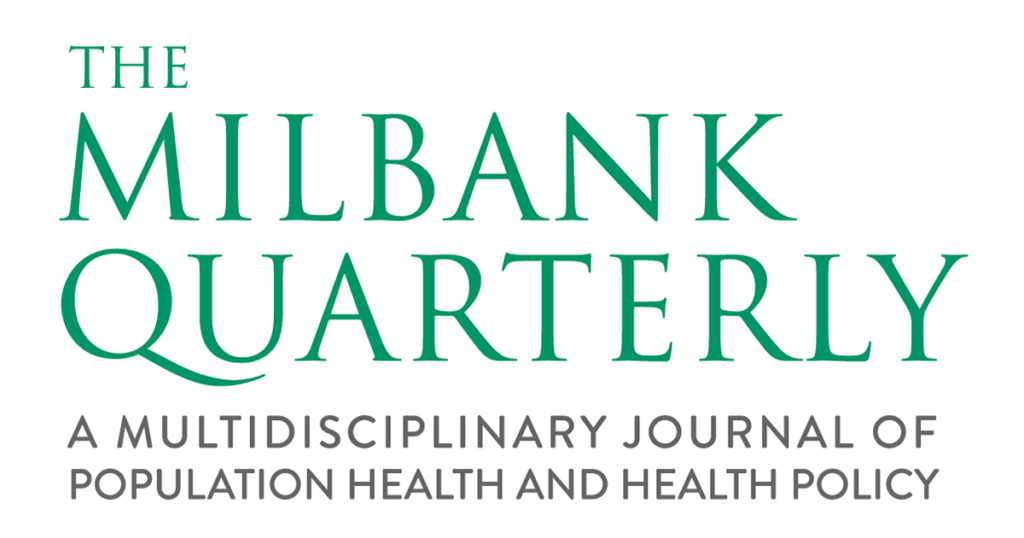
- Identify low-value medical device-based procedures based on clinical evidence review
- Quantify utilization and reimbursement
- Review clinical coverage policies to identify opportunities to align coverage with evidence
- Use a low-value device selection index
- Develop an evidence synthesis and policy proposal
- Stakeholder engagement and input
- Policy implementation
- Policy evaluation
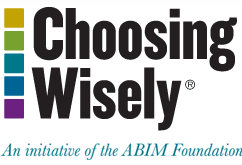
- Don’t recommend daily home glucose monitoring in patients with Type 2 diabetes mellitus not using insulin.
- Don’t perform routine annual checkups unless patients are likely to benefit. During the checkup, don’t conduct comprehensive physical exams or routine lab testing.
- Don’t perform routine pre-operative testing before low-risk surgical procedures.
- Don’t recommend cancer screening in adults with life expectancy of less than 10 years.
- Don’t place, or leave in place, peripherally inserted central catheters for patient or provider convenience.
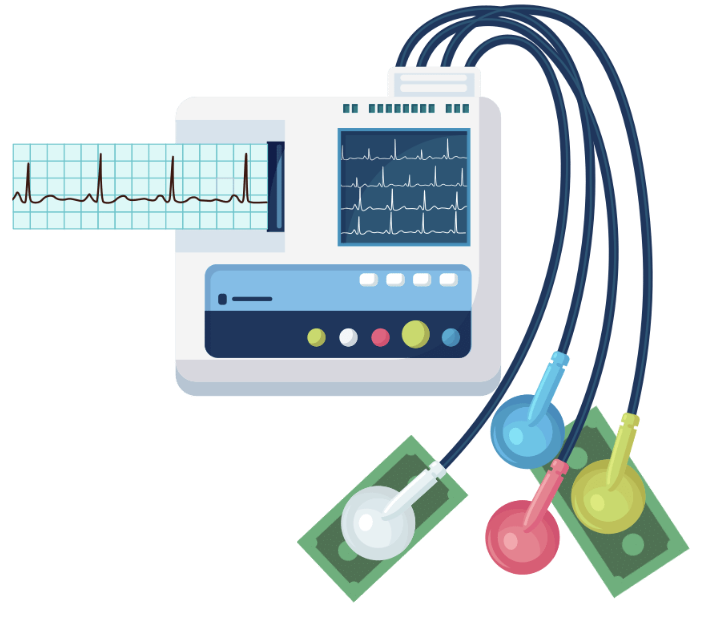
Recent JGIM study finds that among a national cohort of VHA beneficiaries undergoing low- or intermediate-risk surgery, care cascades following low-value preoperative testing were common, resulting in 51 potential cascade services per 100 Veterans after low-value EKGs, and 62 cascade services per 100 Veterans after undergoing low-value chest radiographs.

PC screening in men over 70 may be considered low-value care because screening may introduce unnecessary risks without increasing the lifespan. In this study, researchers found sizable rates of low-value PSA (6.71/100 visits), which correlated to the number of services provided by the physician. Researchers propose that the “shotgun” approach to medical testing – where providers order all possible tests during a medical visit – and patient preferences for over testing. may lead to more waste in healthcare.
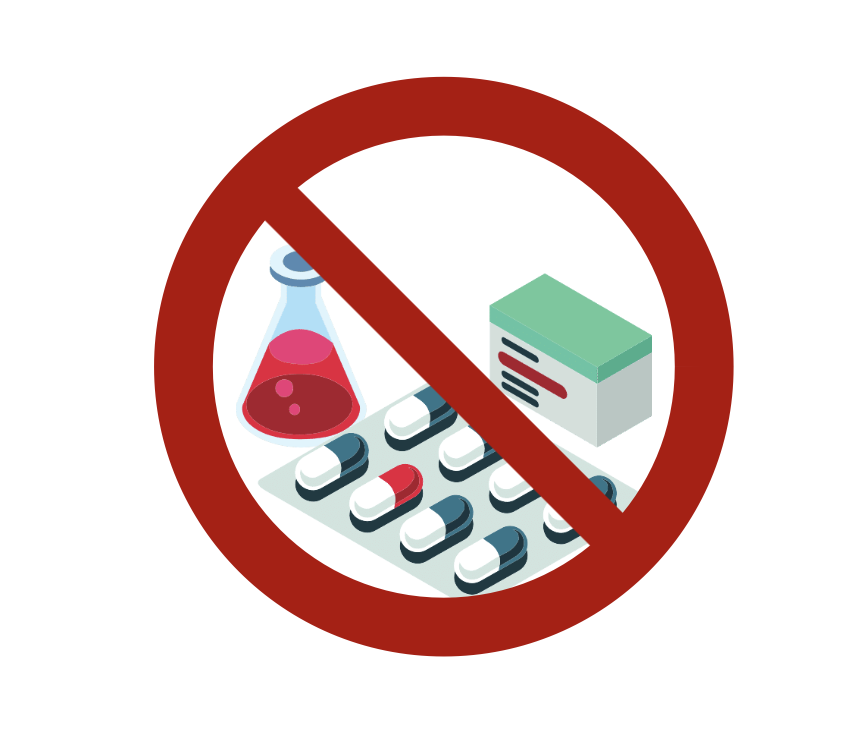
Analysis of data from 3.2 million adults aged 18-64 with outpatient diagnosis of common bacterial and or viral respiratory infections shows that 43-56% received inappropriate antibiotics. Researchers found that prescribing inappropriate antibiotics led to increased risk of adverse drug events, and accounted for approx. $69M in wasteful spending in 2017. Read more here.
